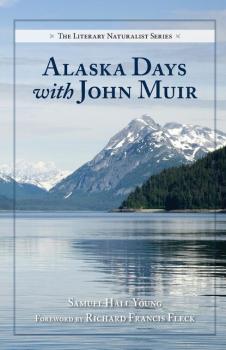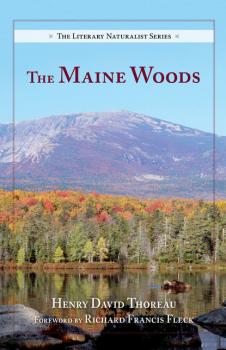The Literary Naturalist Series
Скачать книги из серии The Literary Naturalist SeriesThe Cruise of the Corwin
John Muir agreed in 1881 to sail aboard the Corwin, whose fruitless mission it was to search for the missing scientific research vessel Jeannette, which itself became icebound while exploring the distant and mysterious Wrangell Land in the higher latitudes of the Arctic. This cruise would afford Muir the opportunity to examine evidence of glaciation along the arctic coastlines of Siberia and Alaska and the harmonious lifestyle of Inuits and Chukchis, which was in the midst of disruption from the intrusions of the civilized South.
Alaska Days with John Muir
Samuel Hall Young, a Presbyterian clergyman, met John Muir when the great naturalist's steamboat docked at Fort Wrangell, in southeastern Alaska, where Young was a missionary to the Stickeen Indians. In Alaska Days with John Muir he describes this 1879 meeting: «A hearty grip of the hand and we seemed to coalesce in a friendship which, to me at least, has been one of the very best things in a life full of blessings.»
This book, first published in 1915, describes two journeys of discovery taken in company with Muir in 1879 and 1880. Despite the pleas of his missionary colleagues that he not risk life and limb with «that wild Muir,» Young accompanied Muir in the exploration of Glacier Bay. Upon Muir's return to Alaska in 1880, they traveled together and mapped the inside route to Sitka. Young describes Muir's ability to «slide» up glaciers, the broad Scotch he used when he was enjoying himself, and his natural affinity for Indian wisdom and theistic religion. From the gripping account of their near?disastrous ascent of Glenora Peak to Young's perspective on Muir's famous dog story «Stickeen,» Alaska Days is an engaging record of a friendship grounded in the shared wonders of Alaska's wild landscapes.
The Maine Woods
Posthumously published in 1864, The Maine Woods depicts Henry David Thoreau’s experiences in the forests of Maine, and expands on the author’s transcendental theories on the relation of humanity to Nature. On Mount Katahdin, he faces a primal, untamed Nature. Katahdin is a place “not even scarred by man, but it was a specimen of what God saw fit to make this world.” In Maine he comes in contact with “rocks, trees, wind and solid earth” as though he were witness to the creation itself. Of equal importance, The Maine Woods depicts Thoreau’s contact with the American Indians and depicts his tribal education of learning the language, customs, and mores of the Penobscot people. Thoreau attempts to learn and speak the Abenaki language and becomes fascinated with its direct translation of natural phenomena as in the word sebamook—a river estuary that never loses its water despite having an outlet because it also has an inlet. The Maine Woods illustrates the author’s deeper understanding of the complexities of the primal wilderness of uplifted rocky summits in Maine and provides the reader with the pungent aroma of balsam firs, black spruce, mosses, and ferns as only Thoreau could. This new, redesigned edition features an insightful foreword by Thoreau scholar Richard F. Fleck.



